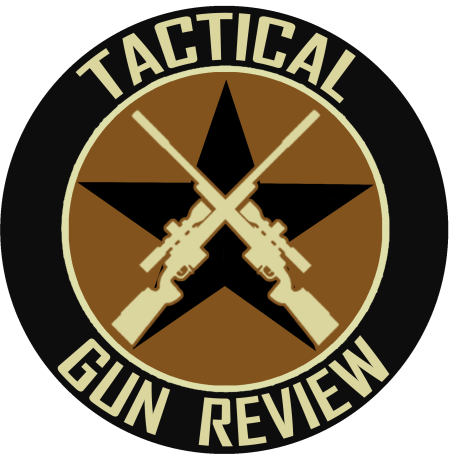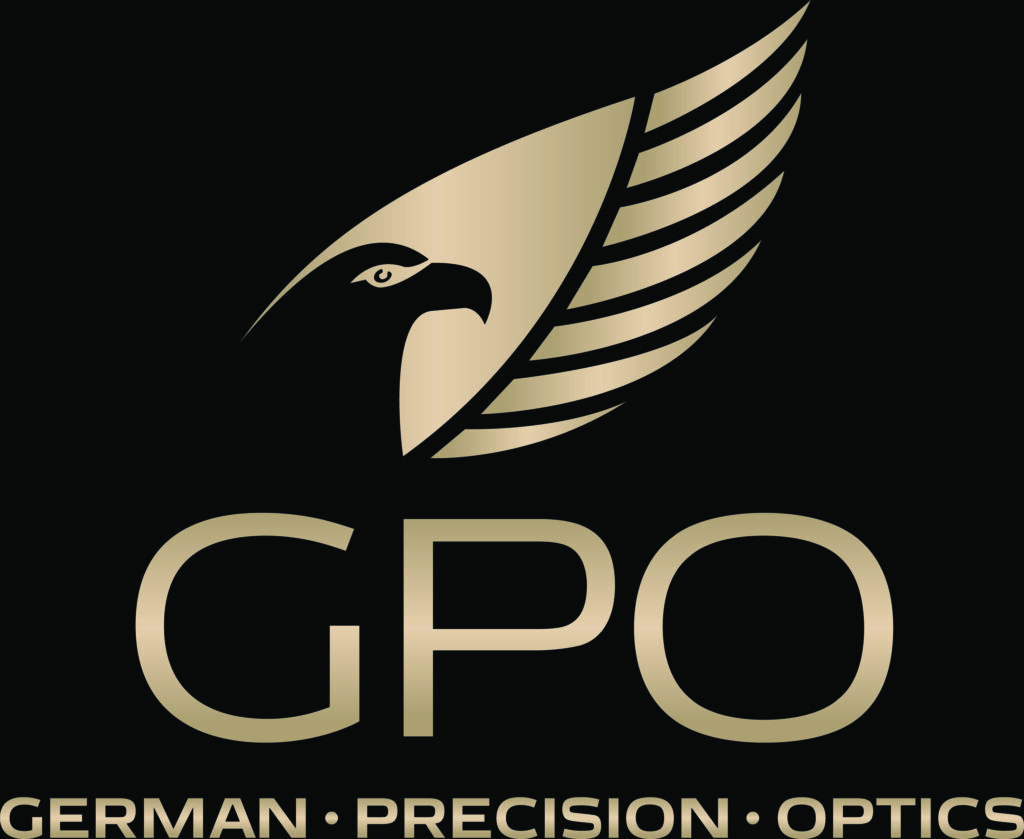
Sightron has been around for 18 years and makes entry to mid level optics. The SIII series is their top tier line and for the money isn’t a bad piece of glass. Again, I am in no way affiliated with Sightron, nor do I speak on their behalf. I am just the end user.
When we began putting together a 338 EDGE I went looking for a scope with a top end magnification between 20-25. The deal breaker was internal adjustment, 100 MOA was required for the application. When the goal is a mile plus, 1760 yards and beyond, you need a lot of internal adjustment to get there. What I discovered was most tactical style scopes only have 75 MOA of internal adjustment. The EDGE project as a whole, was a “budget” build, optics included. US Optics SN3 or SN9, Nightforce NXS, Vortex Razor HD, and some of the Sightron SIII models were what I could find. As this was a “budget” build, the only choice under $1000 was the Sightron. Other options with 100 MOA of internal adjustment could be found, but not with the features I was looking for. So a Sightron 6-24×50 LRMD/CM was ordered, after some time with the optic and rifle complete … here are my findings.
Main Body and Magnification Ring
Standard aluminum 30mm main tube in a matte finish. Standard magnification adjustment ring that doesn’t rotate the whole rear eyepiece, nice for Butler Creeks. Rear eye fast focus setup that’s easy to use and took about 10 seconds to dial the reticle in crisp and clean. A sun shade is include, threaded in fine although the recoil from the edge caused it to come loose a few times. Flip caps are included but are cheap and didn’t fit right.
Reticle
Generic US Army format Mil-Dot reticle with no bells or whistles. While the reticle is accurate and works as Sightron designed it … they missed the boat here. One of the features that was on my must have list was a second focal plane reticle. The SIII LRMD models have that, but the reticle is setup to be accurate at 24x. The Dots are HUGE and very annoying. I know they designed this scope as a Long Range model but really … 24x? You can cover a Volkswagen bug with mildots that big at 1500 yards. I wanted a second focal scope so the center crosshair portion of the reticle would remain thin at max magnification. This was a compromise in order to keep cost down.
Elevation and Windage
Exposed target style that are clearly marked and have a nice large directional arrow. Both elevation and windage are 0.1 mils per click and 5.0 mils per revolution. When you’re cranking 15-20 mils of elevation having more than 5 mils per revolution would have been nice, again a compromise. No zero stops but you can reset your caps with an allen wrench. Simply hold the knob in place and loosen the screw, reset to zero, tighten down. It’s a friction lock system, so bottoming or topping out could mess up your zero setting. I used a paint pen to mark my zero point on the elevation knob so I could find it again. Luckily enough the “1” line lined up with my 100 yard zero. Some shortcomings in features here, a compromise in the name of cost.
Parallax Adjustment
Side focus style with a range of 40 yards to Infinite, according to factory specs. Not much else to say, works like its suppose to and I got targets at 25 to 1800 yards to focus just fine. Not specifically parallax related but, compared to my US Optics SN3’s the eye relief was “generous” and even at 24x the eye box wasn’t picky.
Field Testing
Mounted in 30mm Seekins Rings on a Warne 20 MOA Rail, off to the range we went. Scope was riding on a 338 EDGE (338/300 Ultra) built on a Savage long action. Short version is I zeroed the scope and worked up a load over several range trips. Once the load was finalized I began gathering data. Once I had DOPE at 400, 600, 800, and 1100 yards the fun began. Take into account a 300 grain Sierra Matchking going 2850 FPS can generate some recoil. I had a 30 inch straight taper barrel with a Badger FTE brake on the rifle so it tamed the recoil down quite a bit. Before I started checking repeatability at longer ranges I ran a box test, the Sightron returned to zero fine. Weather has kept us from anything past 1200 so we ran a vertical line on a large target board with a level. We used our confirmed data from 1100 and 1200 and calculated what 1760 would be at 100 and marked it. 5 rounds back to back going from 100 yard zero to 1760 elevation on the scope. All 5 were right where they should be. I did this because I have tested scopes in the past that “slow down” when you get towards top of the adjustment range. Meaning, you dial 17.5 mils and only get 17.1 mils. We were happy to see this wasn’t the case with the SIII. To get to 2000 yards we need 20+ mils of elevation … that’s a LOT. After several trips to the range and our long range spot, I am confident in the SIII LRMD and its repeatability. Last trip out we fired 4 rounds total and were satisfied. We setup on the 1100 yard target, dialed from our 100 yard zero to our 1100 yard dope, sent a round. Bad wind call and we were a few inches of the edge, but elevation was spot on. Dialed back to our 100 yard zero, dialed back up to 1100 yard dope, held a little more wind, HIT. I switched to spotting and we repeated the drill. Three straight hits, each time dialing from our 100 yard zero up to our 1100 yard DOPE. On a 12×12 inch target at 1100 yards Ill take that.
can generate some recoil. I had a 30 inch straight taper barrel with a Badger FTE brake on the rifle so it tamed the recoil down quite a bit. Before I started checking repeatability at longer ranges I ran a box test, the Sightron returned to zero fine. Weather has kept us from anything past 1200 so we ran a vertical line on a large target board with a level. We used our confirmed data from 1100 and 1200 and calculated what 1760 would be at 100 and marked it. 5 rounds back to back going from 100 yard zero to 1760 elevation on the scope. All 5 were right where they should be. I did this because I have tested scopes in the past that “slow down” when you get towards top of the adjustment range. Meaning, you dial 17.5 mils and only get 17.1 mils. We were happy to see this wasn’t the case with the SIII. To get to 2000 yards we need 20+ mils of elevation … that’s a LOT. After several trips to the range and our long range spot, I am confident in the SIII LRMD and its repeatability. Last trip out we fired 4 rounds total and were satisfied. We setup on the 1100 yard target, dialed from our 100 yard zero to our 1100 yard dope, sent a round. Bad wind call and we were a few inches of the edge, but elevation was spot on. Dialed back to our 100 yard zero, dialed back up to 1100 yard dope, held a little more wind, HIT. I switched to spotting and we repeated the drill. Three straight hits, each time dialing from our 100 yard zero up to our 1100 yard DOPE. On a 12×12 inch target at 1100 yards Ill take that.
Summary
For a sub $1000 scope it performs well. I do NOT do “glass” comparisons … I could clearly see targets at 1800 yards and on 24x it didn’t grey or shadow. Our goal was to keep the whole rifle build under $2500 and we did that. We shopped and shopped classifieds trying to find a used Nightforce NXS that kept us within our budget but couldn’t find any that were mil/mil. The reticle is obnoxious but the center of the crosshairs works fine and doesn’t obstruct your target. If the engineers/designers at Sightron are reading … tone that reticle down and make it scale properly at 12x. At 12x you could run simple math to make it work at 6/12/18/24 and the mildots wouldn’t be HUGE! While it lacked zero stops, the elevation system works as it should. You have to keep its limitations in mind and stay within them. It held zero despite some serious recoil. I would NOT recommend this scope for rough use. The target knobs are plastic and would probably break with any serious impact. A Nightforce or USO would out perform this scope hands down … at twice or triple the cost. For the money invested, the performance is better than I expected. You get what you pay for and we got repeatable hits and enough elevation to get to a mile, ill take it.
By: Sapper524
Latest posts by Tactical Gun Review (see all)
- Five Glock Problems and How to Fix Them - January 14, 2024
- Tailoring Safety to Diverse Home and Vehicle Settings - December 12, 2023
- How to be Comfortable While Wearing Body Armor - December 11, 2023





Fantastic NV Scopeout of 5 starsThis includes the deabahtcle IR illuminator and batteries for this and the scope. I have owned the MK350 for one month and have hunted coyotes with it three times and trialed it numerous times at night in the back yard. I did use the scope with IR illuminator in my basement with all lighting off and may possibly make out detail on most of the items laying around. There are seperate power switches on the scope for unit power and also reticle power, which saves battery life when using just for viewing. I sighted in the rifle (.243) during the day with the lens cover on and was able to get a nice grouping. With the snow on the ground I have not had to use the IR illuminator even as hunting as the image feature is incredible without it. I set up a fox and rabbit lead astray in a field at 50 yards and was able to make out all the details and this was without using the IR illuminator. I am now going to buy a seperate NV monocular as holding the rifle to search the horizon gets tiring. When I bought this there were no reviews posted so I took a chance based on the low price and Amazon’s return policy. The only con’s I can come up with is the consequence of the scope on the rifle when holding it for long periods. Once the snow is gone and I need to hunt using the IR illuminator my opinions force exchange but I doubt it.
I don’t understand what’s going on with the description of the reticle. On a second plane scope the reticle doesn’t
change size as far as I know. That should only happen on FFP scope. This doesn’t make sense.